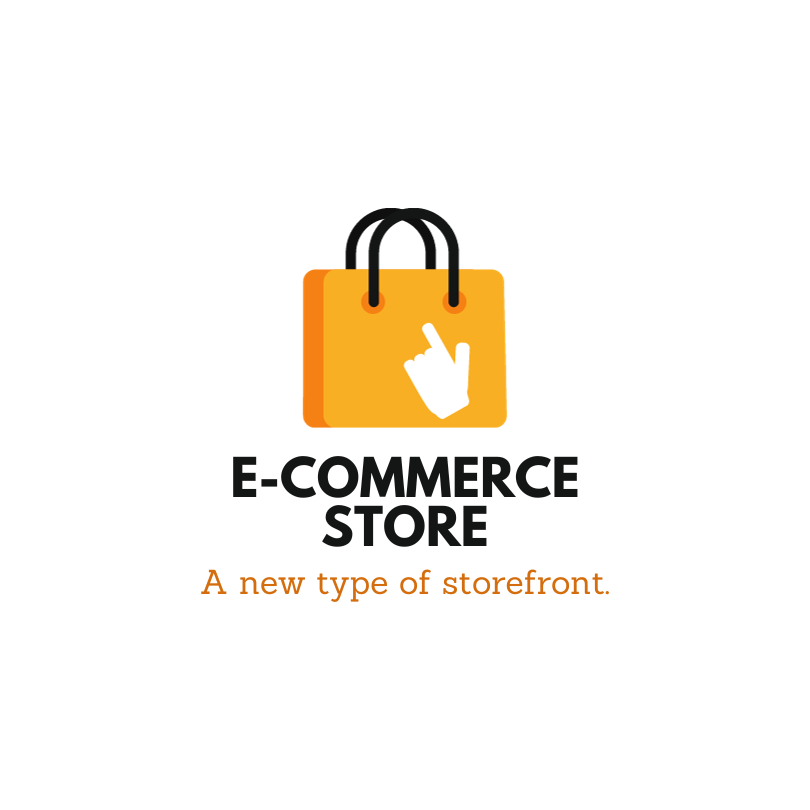In today’s fast-paced world, the e-commerce industry is witnessing unprecedented growth, driven by consumers who prefer the convenience of shopping on their mobile devices over traditional in-store experiences. As a result, an increasing number of businesses are recognizing the need to establish a strong online presence. While most business owners understand the fundamentals of creating a website, it’s essential to delve deeper into the intricacies of building a highly functional e-commerce platform. In this article, we will explore the crucial elements that contribute to the success of an e-commerce website.

1. Building a Responsive Design Website
Responsive design is a relatively recent approach to web development, describing websites that can adapt seamlessly to various devices and screen sizes. Whether a visitor accesses your website from a desktop computer, tablet, smartphone, or e-reader, a responsive website ensures a consistently optimal user experience.
When embarking on the journey of building a responsive e-commerce website, there are several key considerations to discuss with your web designer:
- Efficient Filtering Options: Enable customers to quickly filter and refine their product choices. Frustration can mount when shoppers discover that a desired item is unavailable after scrolling through multiple pages. If an item is out of stock, make this information clear upfront.
- Convenient Modification: Provide customers with the ability to make changes to their selections without having to navigate backward through the website. Features like a “remove from cart” option enhance efficiency and reduce user frustration.
- Accessible Search Functionality: Incorporate a readily accessible search bar. This not only saves customers valuable time but also provides valuable data on customer behavior, helping you tailor your offerings more effectively.
- Visible Shopping Cart: Make the shopping cart visible on every page, ideally in a sidebar. This allows customers to track their potential purchases without being redirected to a separate page, streamlining the shopping process.
2. Clear Display of Your Company Logo
Whether you are a burgeoning entrepreneur or a well-established multinational corporation, prominently displaying your company logo on your website is paramount. Think of your logo as your digital business card—a recognizable symbol that fosters trust and familiarity with your customers, a critical aspect of e-commerce success.

3. Investing in High-Quality Images
E-commerce hinges on the visual allure that entices customers to make purchases. Therefore, businesses must prioritize obtaining high-quality images of their products or services in action. Skimping on image quality can deter potential buyers and leave a negative impression of your brand.
In conclusion, the e-commerce boom is reshaping the way businesses operate, emphasizing the importance of a robust online presence. To succeed in this competitive landscape, it’s crucial to build a responsive website that caters to diverse devices, prominently display your company logo to establish trust, and invest in high-quality imagery that captivates potential customers. By incorporating these elements into your e-commerce strategy, you can enhance the user experience, build customer trust, and drive sales, ultimately ensuring the success of your online venture in the ever-expanding world of e-commerce.





